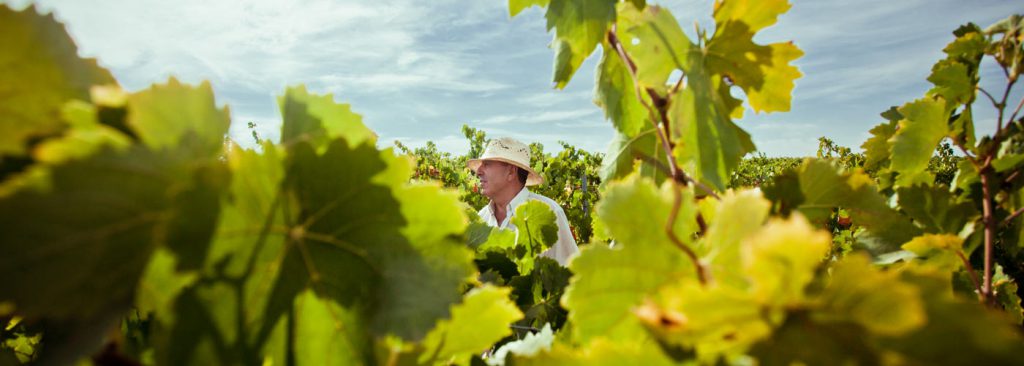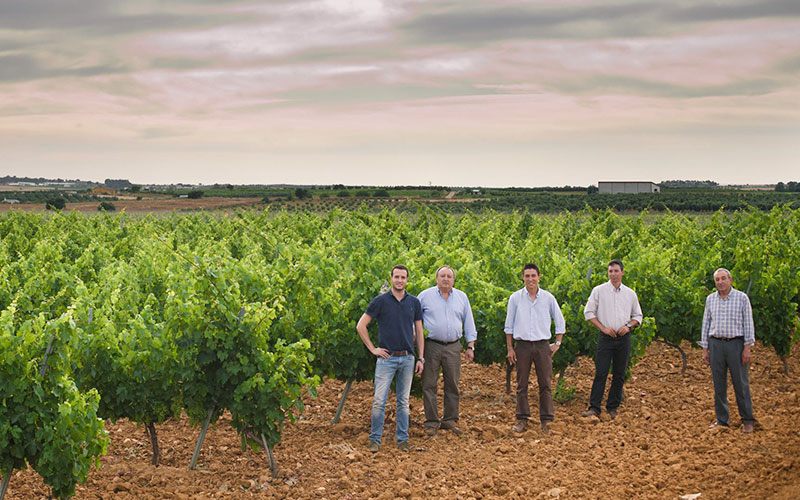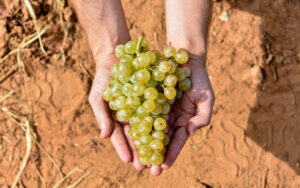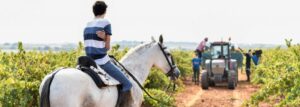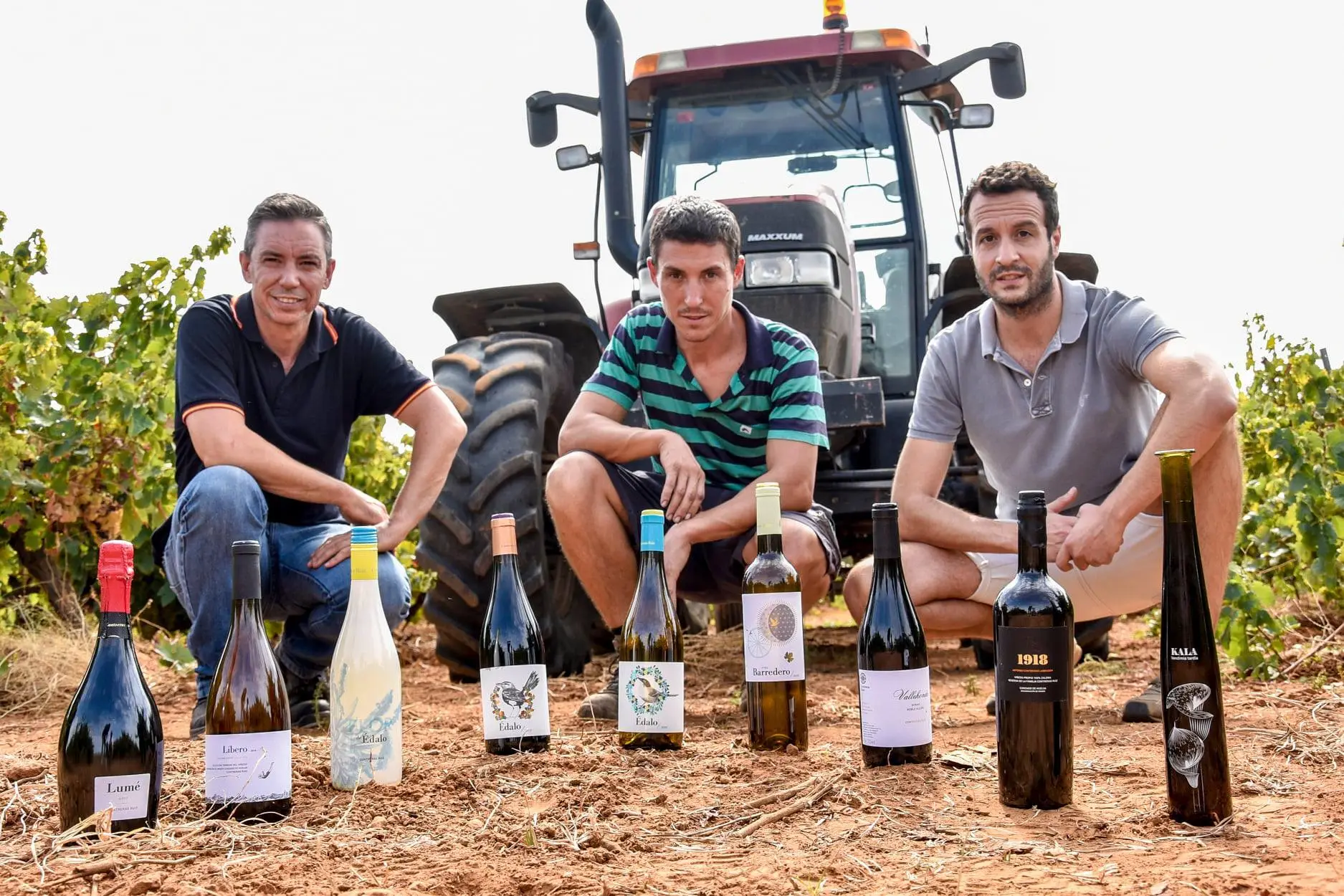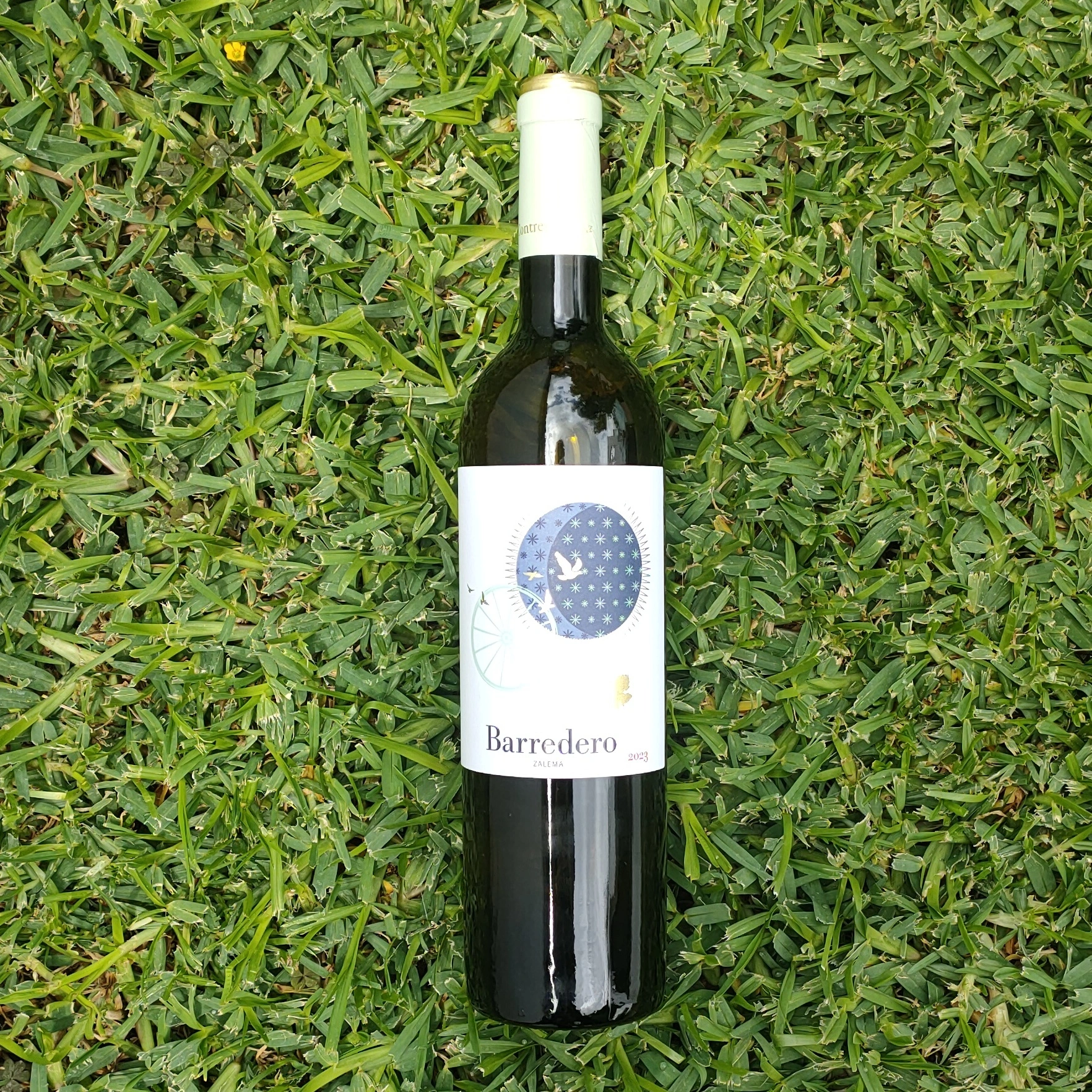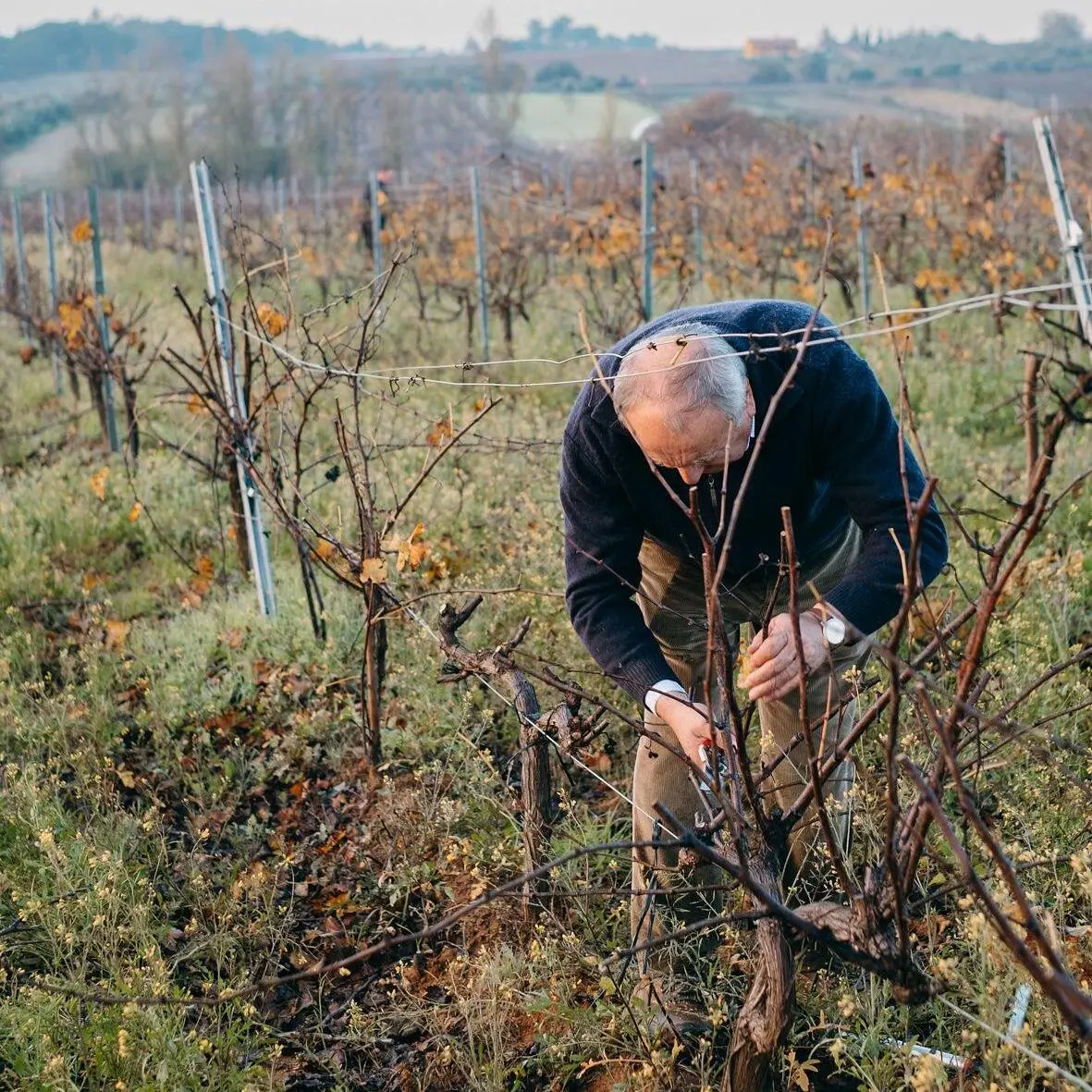Family legacy
In 1949, Gregorio’s son, Antonio Contreras Labrador, taking advantage of the growing demand for wine, invested in the purchase of nine vineyards and built new winemaking facilities.
It was the third generation, Gregorio and Manuel Contreras Ruiz, who merged the winemaking and viticultural heritage received forging the Contreras Ruiz identity, based on knowledge, professionalism and hard work.
Currently, the fourth generation is joining the family winery, with the aim of making Contreras Ruiz a reference winery in the area, respecting the inheritance received, innovating, renewing and creating new sensations.
We are aware that the result of Contreras Ruiz is the contribution of each of the people who have fought in its origins and fight nowadays to keep strong our philosophy of understanding and loving the world of vines and wine.
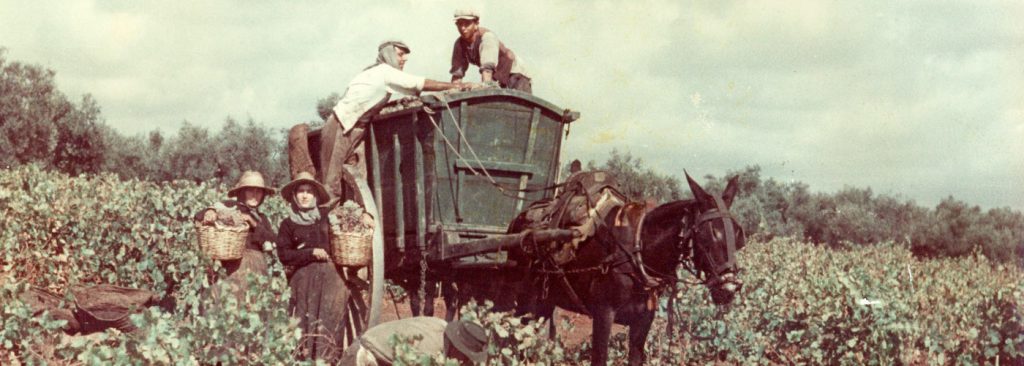
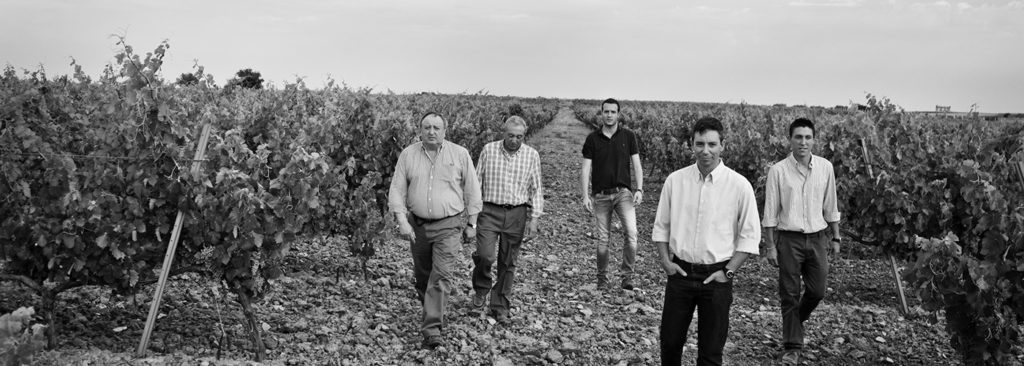
The terroir
Contreras Ruiz is located in the Condado de Huelva region.
To the south and east it borders the Doñana Biosphere Reserve and National Park, virgin lands that stretch all the way to the Atlantic Ocean. Located between 80-120 metres above sea level, with an annual rainfall of 550l/m2 and an average temperature of 16ºC, typical of a Mediterranean climate with oceanic influence.
Our soils have a loamy texture, originating in some cases soils with limestone content, typical of the area. We develop a dry viticulture, where we pursue the balance of the vine and intervene only when necessary, to achieve the best expression of our terroir.
The combination of these characteristics makes our terroir exceptional for the practice of integrated agriculture in the natural environment.

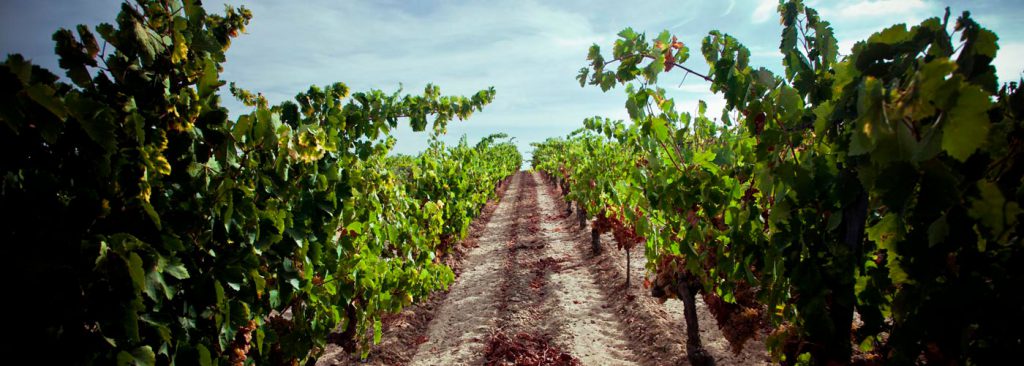
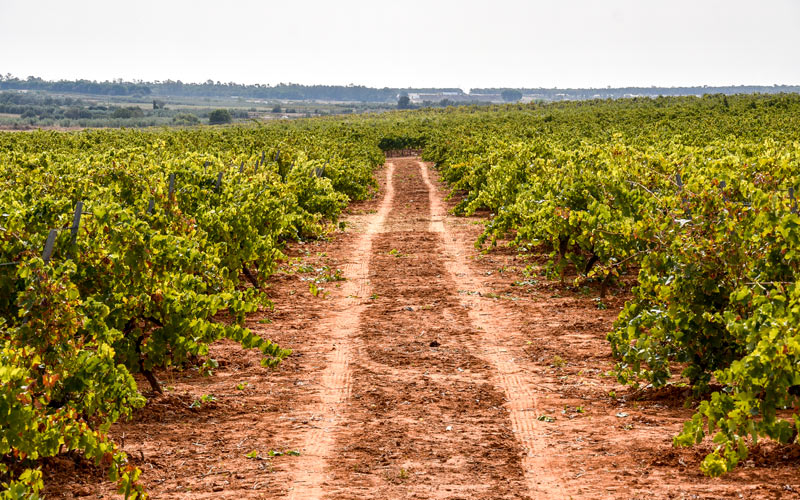
Sustainability
We have a great commitment to quality and the environment that surrounds us, we are heirs of lands located in the Doñana National Park and therefore we develop a sustainable management of our fields.
In line with this concept of sustainability, since 2013 we have been in the process of certification for organic farming, without herbicides or insecticides, using only organic fertilisers. The aim is to integrate the vineyard into the environment as much as possible with processes that favour agricultural diversity and promote the conservation of the rural environment and the landscape.

